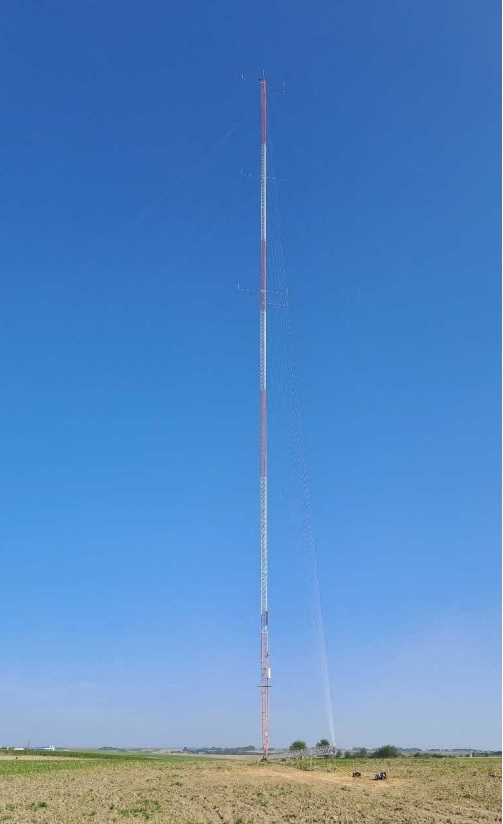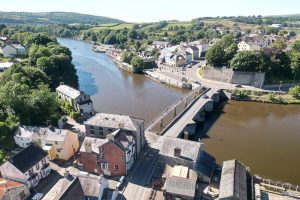A PLANNING inspector has given the go-ahead for a 122.5-metre weather mast on common land near Built Wells despite a wave of objections.
Powys County Council’s planning committee in January agreed an application from Aberedw Energy Park Limited to allow the weather mast at Aberedw Hill to be sited there for a five year period.
Aberedw Energy Park Limited is also behind proposals to build 18 wind turbines at the site, which is on common lean three kilometres east of Builth Wells.
The company is the development vehicle for Bute Energy, which specialises in wind and solar energy parks.
But before anything can be build there the firm needed to receive common land consent to allow the work to take place, and lodged a commons consent application with PEDW (Planning and Environment Decision Wales) in December 2024.
The report from PEDW said that 31 “individual representations” had been submitted which raised several concerns including:
“Catastrophic impact on birdlife on the common, and that the supporting wires will pose a danger to various birds, including lapwings, curlews, red kites, buzzards and ospreys;
“The height of the mast would have a detrimental visual impact on the area, the landscape and historic environment, including the cumulative impact of other proposed schemes in the wider area; Harmful impact on tourism and the economy.”
Concerns were also raised about a “potential danger” to low flying military aircraft and paragliders, the air ambulance and hot air balloons.
Planning inspector Richard Duggan visited the site last month.
He said: “A number of objections have raised concerns regarding the impact on biodiversity, including impact upon birdlife.
“I note that Powys County Council’s ecologist raised no objection to the planning application subject to the imposition of conditions.
“Having regard to the evidence before me I am satisfied that biodiversity enhancement and the protection of ecological and ornithological interests on the common could be achieved through the conditions imposed on the planning permission for the works.”
“In my view there would be no fundamental changes to the underlying key characteristics of the local landscape and changes to the visual context of the area would only occur relatively close to the site.”
On the looming wind turbine proposal in the background, Mr Duggan said: “Any such windfarm development, would be subject to a separate future DNS (Development of National Significance) application where its effects on the living conditions of nearby residents, on the common and wider landscape would be fully considered.
“Therefore, concerns regarding a possible future wind farm, the design or extent of which is currently unknown, and not directly relevant to this application.”
Due to this he said he would “allow the application and grant consent for the works”.
If built the wind turbines could generate 108 megawatts (MW) of electricity which would be enough to power the equivalent of 97,000 homes a year.















